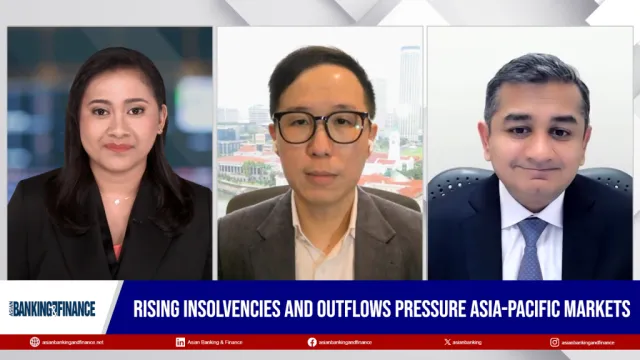
Will the SEPA end date change anything for Asian Banks?
By Marc Pomes Bordedebat “Now this is not the end. It is not even the beginning of the end, but it is, perhaps, the end of the beginning.”
Winston Churchill, 10 November 1942
There is no doubt that regulation is a driving force in the payments industry and will be so for the foreseeable future. At the moment however, many minds are focused on the Single Euro Payments Area (SEPA) End Date regulation.
Formally known as the European Commission’s proposal for a regulation establishing technical requirements for Credit Transfers and Direct Debits in Euros and amending regulation (EC) No 924/2009, the SEPA End Date regulation promises to deliver a clear deadline for migrating domestic payments instruments on to SEPA standards.
This deadline is important because September 2011 migration rates are far from matching set expectations, with only 21% migration for SEPA Credit Transfers (SCTs) and just above 0.1% for SEPA Direct Debits (SDDs) having taken place so far.
In the original proposal, full migration to SCTs will occur 12 months after the regulation goes into force and for SDDs, 24 months after enforcement. Member States are permitted to set earlier dates than those outlined in the proposal.
Since the proposal was published and debate has taken place at the EU Parliament, most observers now believe a single migration End Date will be imposed, probably for the end of January 2014 for both SCT and SDD migration, that is 24 months after the regulation is voted upon. The next few weeks will still see debates around smaller issues regarding the obligations of end users, consumer protection, etc. The Regulation itself is bound to be voted upon and published beginning of next year.
There is therefore not much time for reflection on next steps.
Act Swiftly, Act Decisively
Although the SEPA advent will hit Eurozone and European banks at first, side effects will be felt for Asian banks running operations in the SEPA zone or transacting in EUR with European banks. This At a time when the SEPA landscape is still being shaped with the forthcoming End Date Regulation, Asian banks should start assessing how they will be impacted now. Some steps to take include:
- Determine from where retail payments are being generated – along which channels and systems? What are the trends in each channel and the volumes?
- Examine what has to be migrated and when. Construct a “heat map” and set priorities.
- Examine the potential side-effects of SEPA on other systems that do not fall directly under the End Date regulation.
- Go back to basics and capitalise on strengths, including privilege reach and major clearing channels, and carefully assess the strategic need to maintain a presence on smaller channels locally or remotely.
- Select a messaging solution that is future proof and of which the price remains stable over time. Assess additional benefits such as tiering, negotiation power, specific pricing schemes etc.
- Plan ahead based on the known facts and draft plans for alternative scenarios.
- Assess alternatives in case there is a need for “backward compatibility” or if the whole project derails because of external factors.
To the Prepared, the Spoils
The retail payments clearing business in the EU and outside will without any doubt be deeply altered and the strongest – and best prepared Asian banks – are likely to reap the best out of this transformation.
Identifying core strengths and weaknesses will help financial institutions, corporates and infrastructures to shape their responses to regulatory changes and determine the position they should take and the course of action they should follow.
With full SEPA migration only a couple of years ahead, “wait and see” cannot be an answer. There is no other choice than to build up a plan to achieve migration and stick to it going forward. Seeking a partner with whom to consult on strategies could prove to be a fruitful exercise. However, the longer banks wait, the fewer partners of choice there will be. Although the SEPA path remains uncertain, moving forward in a collaborative way will be vital to success.
Marc Pomes Bordedebat, Senior Market Manager Payments, EMEA, SWIFT



















 Advertise
Advertise










